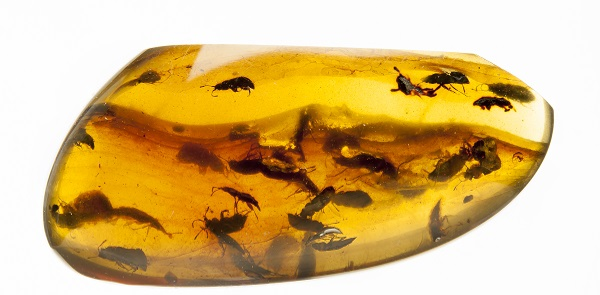Organiser: David Peris1
1Botanical Institute of Barcelona (CSIC), Barcelona, Spain

ABSTRACT:
Amber is fossilized tree resin appreciated for its color and natural beauty since Neolithic times.
In paleontology, the amber fossil record provides a distinctive, 320-million-year-old
taphonomic mode. Because of its three-dimensional matrix and its chemical properties, amber
uniquely preserves a large number and variety of organisms, terrestrial, aerial, or even aquatic of
different geological periods. Amber-bearing organisms encompass a wide variety of information
that is helpful in the evolutionary reconstruction of ecosystems as well as organisms. Out of all,
it is important to highlight the biological interactions, such as camouflage, parasitism,
herbivory, predation, pollination, phoresy, eusociality, disease transmission, mimicry, etc. that
will allow us to better complete the ancient puzzle of life.
CONTRIBUTIONS:
Coming soon!
